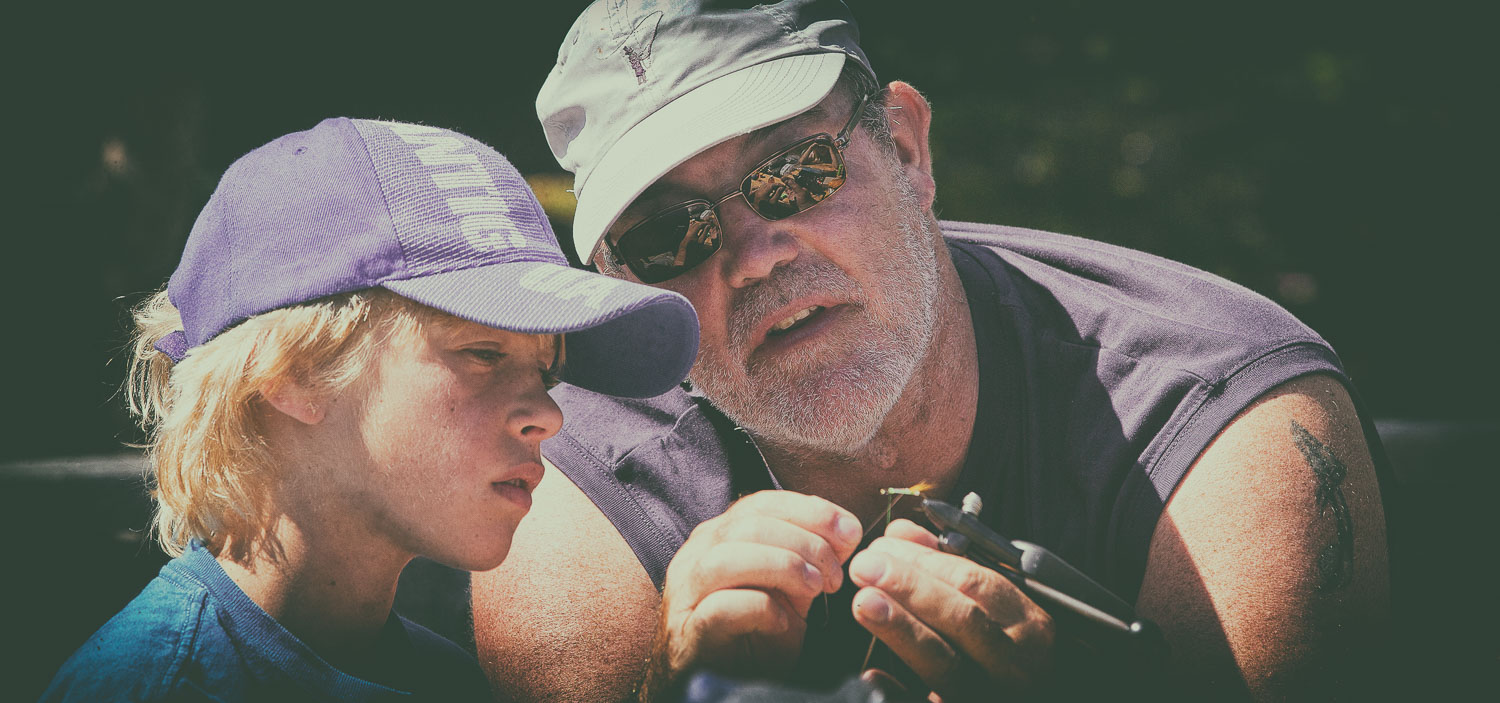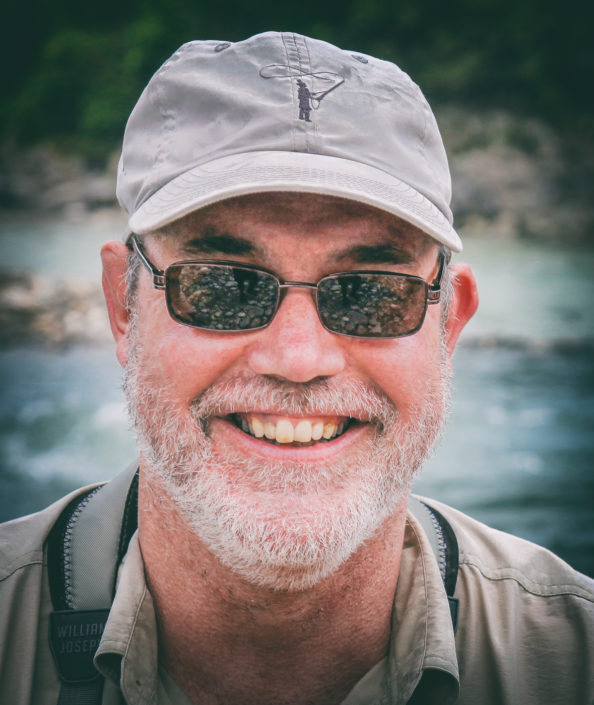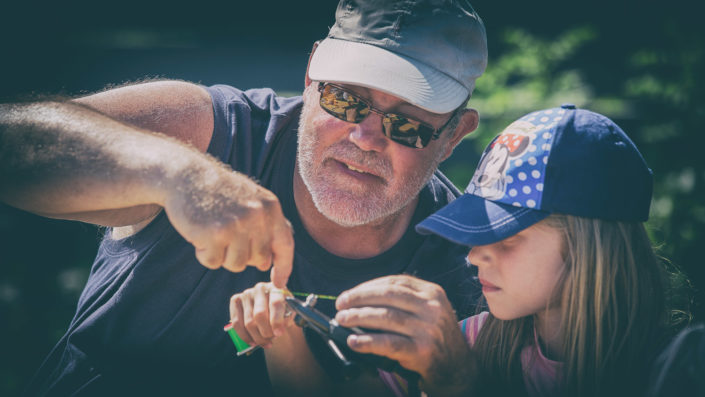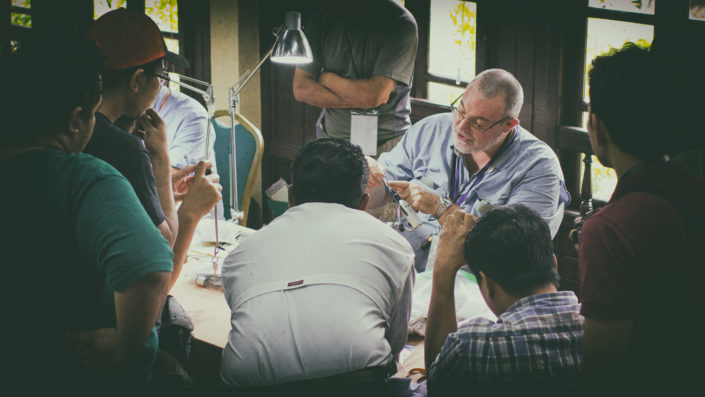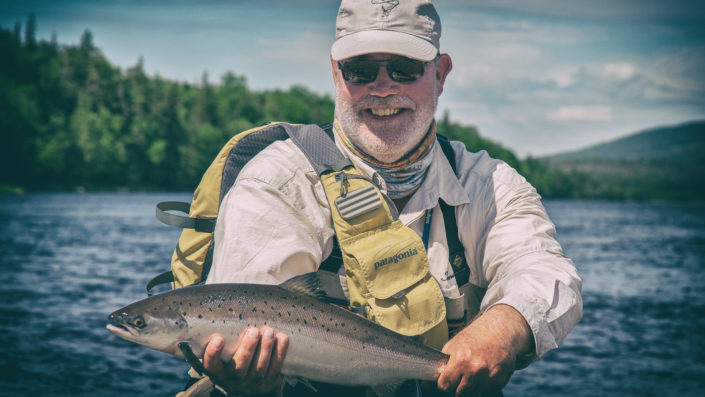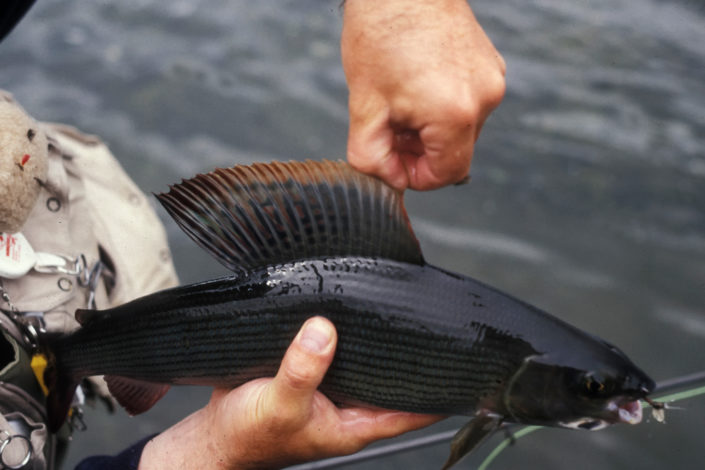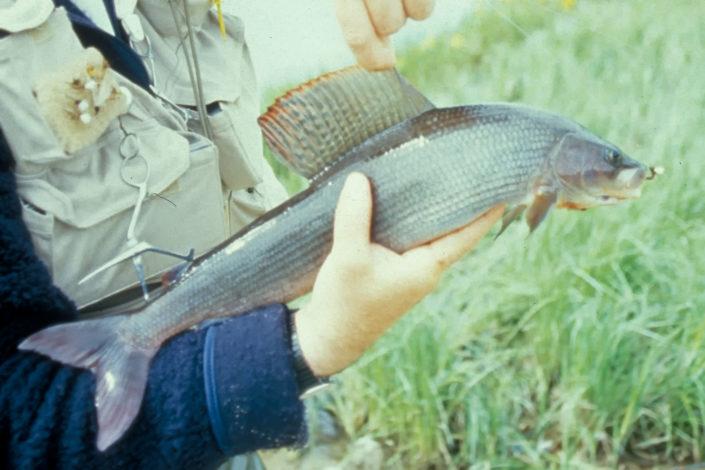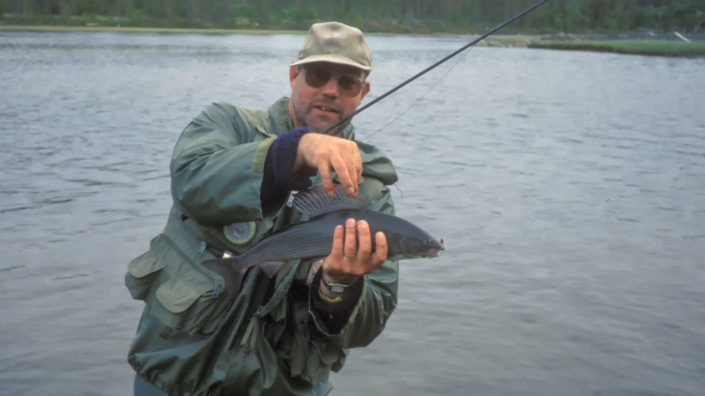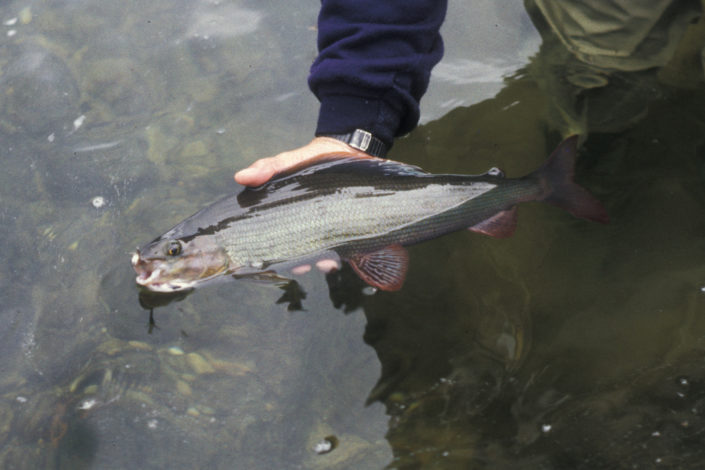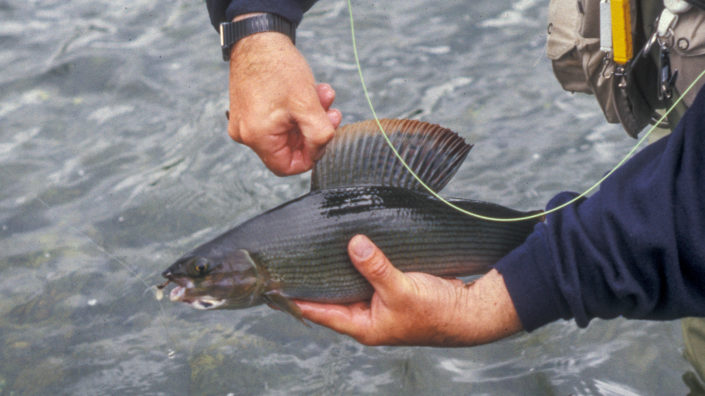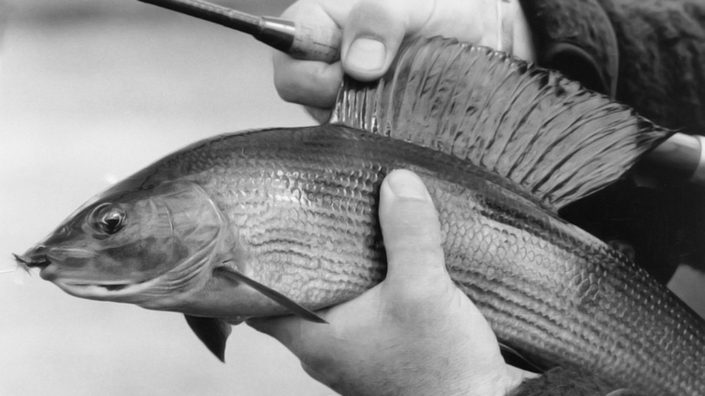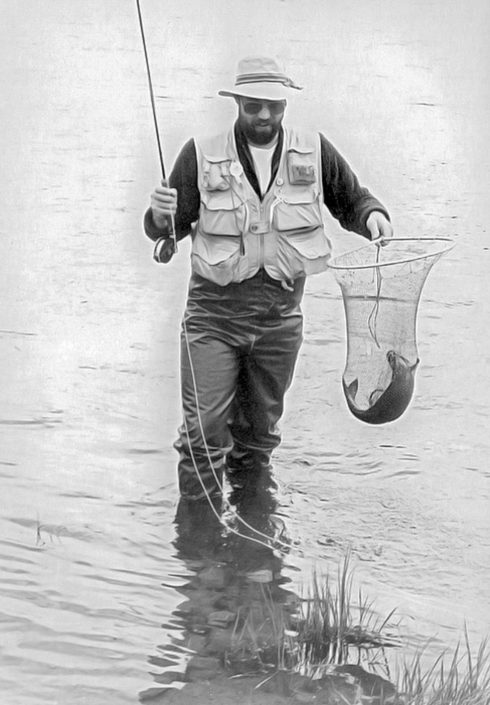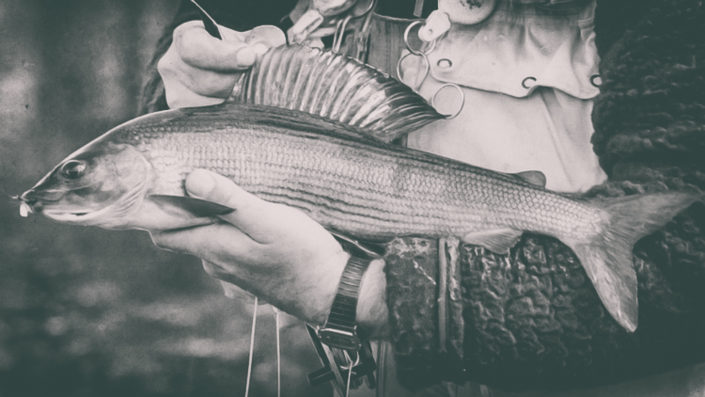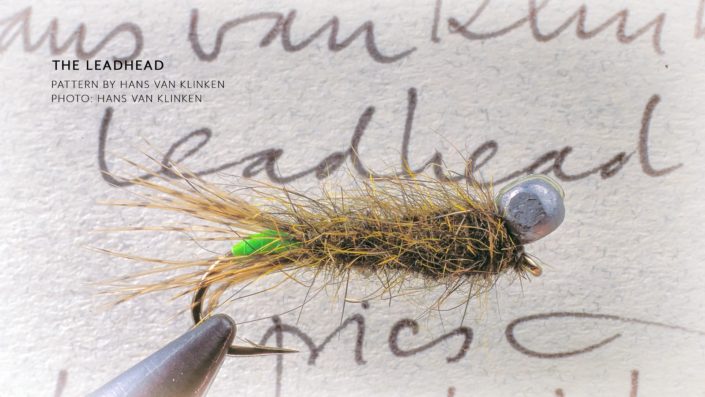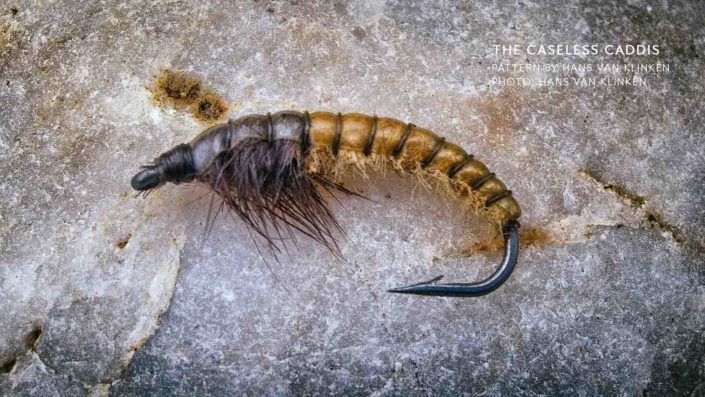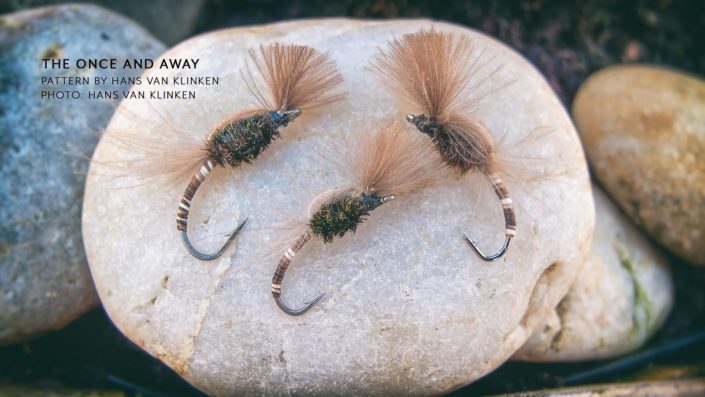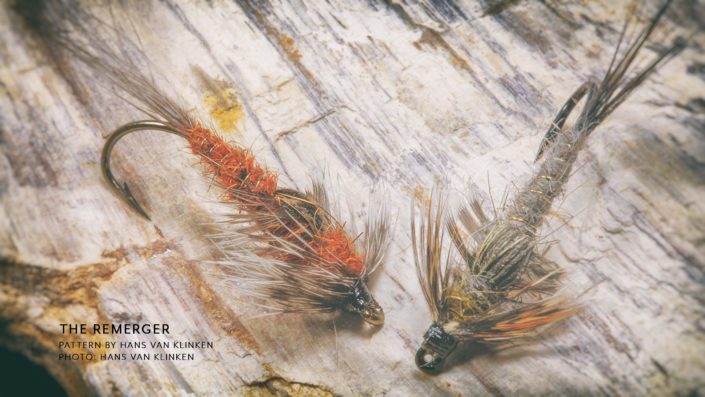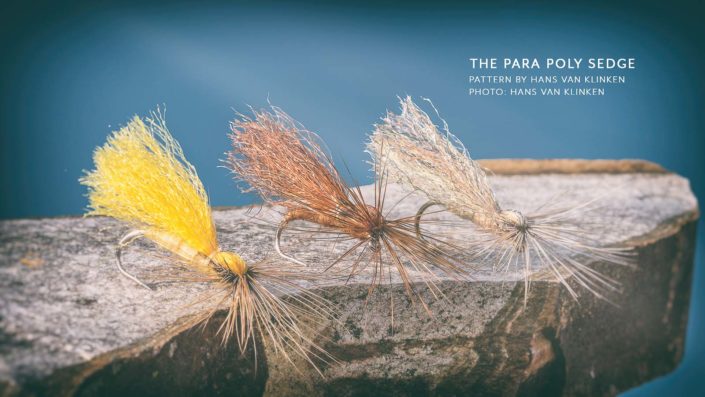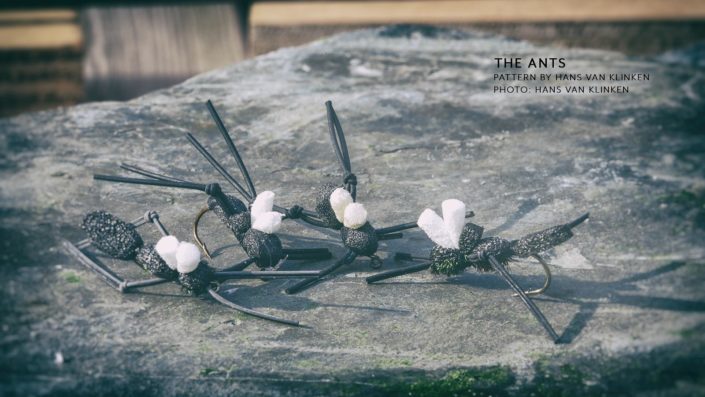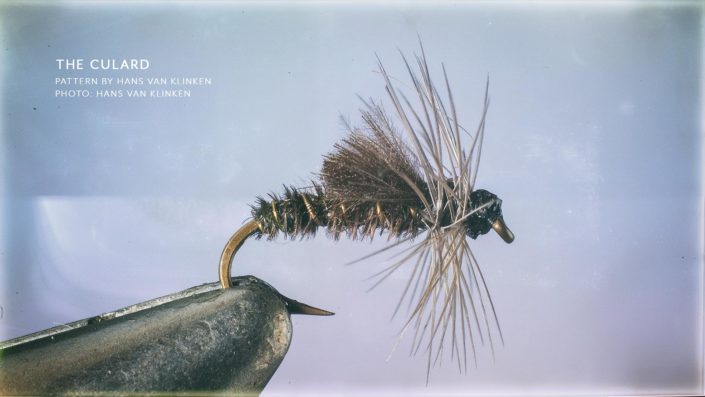All fly fishers have their own favorite pattern. We reach for them when the going gets tough and when the new innovative hatches from the wintery tying sessions won’t deliver the goods. Which flies are these, and why do we choose them even when a difficult trout rises and we only have one shot at the hog?
This is the first article on experts and legends from Scandinavia and Europe picking their go-to flies for spring and summer fly fishing.
Hans van Klinken is a modest fly tier living in Harskamp, a small village in Holland. Being a curious and creative sharing spirit, he travels the world happily sharing his insight and experience with experts and beginners alike. He travels the world fishing, but at the same time giving away a lifetime of advise to beginners and experts.
The story of the Klinkhåmer Special
He has developed a special relationship with Scandinavian waters. His journeys as a fly fisherman stared at sixteen when he travelled alone from continental Europe to the Scandinavian peninsula. Up here, with the minds and inspiration of creative Swedish fly tiers and at the banks of river Glomma, the ideas that spurred the insight that later became the Klinkhåmer Special was born.
We all have these particular emergers in our boxes. Either in some kind of a variant, or just the way Hans van Klinken advised us to tie the Klinkhåmer Special. In fact, they are the bread and butter for fishing emerging insects nowadays.
Actually it was after discovering Rackelhanen by the Swede Kenneth Bostrøm van Klinkens mind started spinning. The Rackelhanen pattern, quite expressionistic and out of the box in its design, opened up new doors for van Klinken.
Actually it was at Kvennan camping on the banks of the mighty Glomma river (Norway) where the Klinkhåmer Special saw the light for the first time. That happened on the 27th of June 1984 when Hans was 28 years old.
“It was the “Rackelhanen” that set me free from old traditions , made me innovative and allowed me to think differently. In Scandinavia the “Rackelhanen” is still a very popular fly but worldwide this fly has never got the attention it surely deserves. I have no idea how my fly-fishing would look today without the discovery of the Rackelhanen but that wonderful sedge imitation gave me enormous self-confidence and inspiration to start a complete new way of fly-tying”.
At the time, there were no such things as a low riding parachute emerger avilable. Nowadays you’ll find them everywhere, all thanks to van Klinkens ideas.
We will not dwell with the Klinkhåmer in this article. But if you’re interested to read the real story and the correct way to tie the fly, take a look at Hans Weilenmans beautiful website The Fly Tiers page and Hans van Klinkens own article and tying instructions for the fly (click here).

